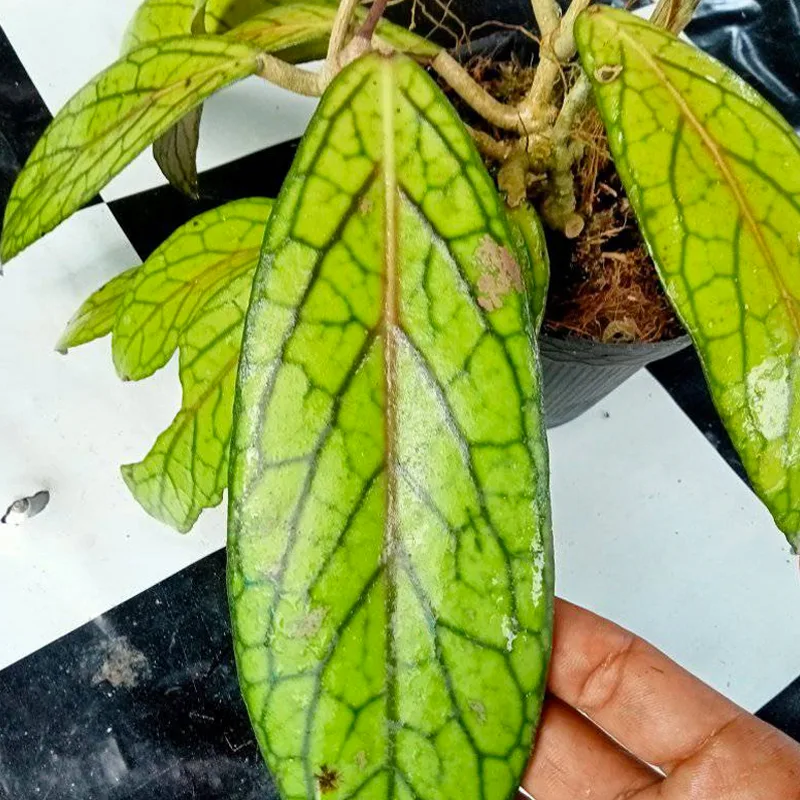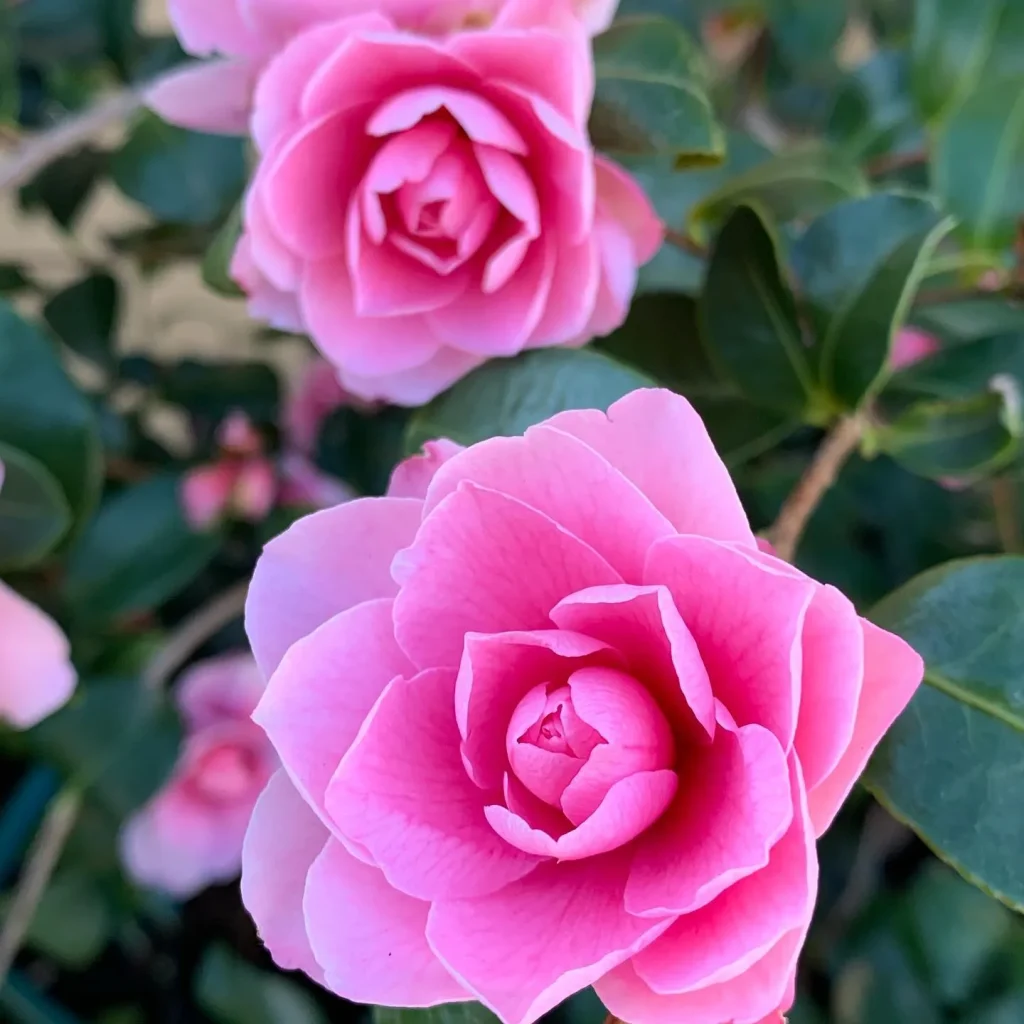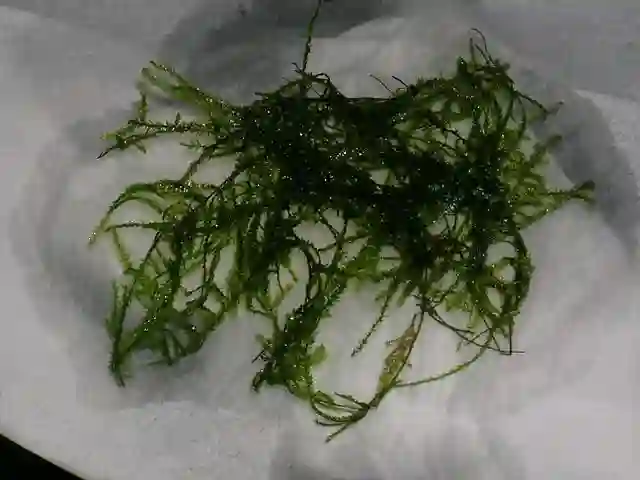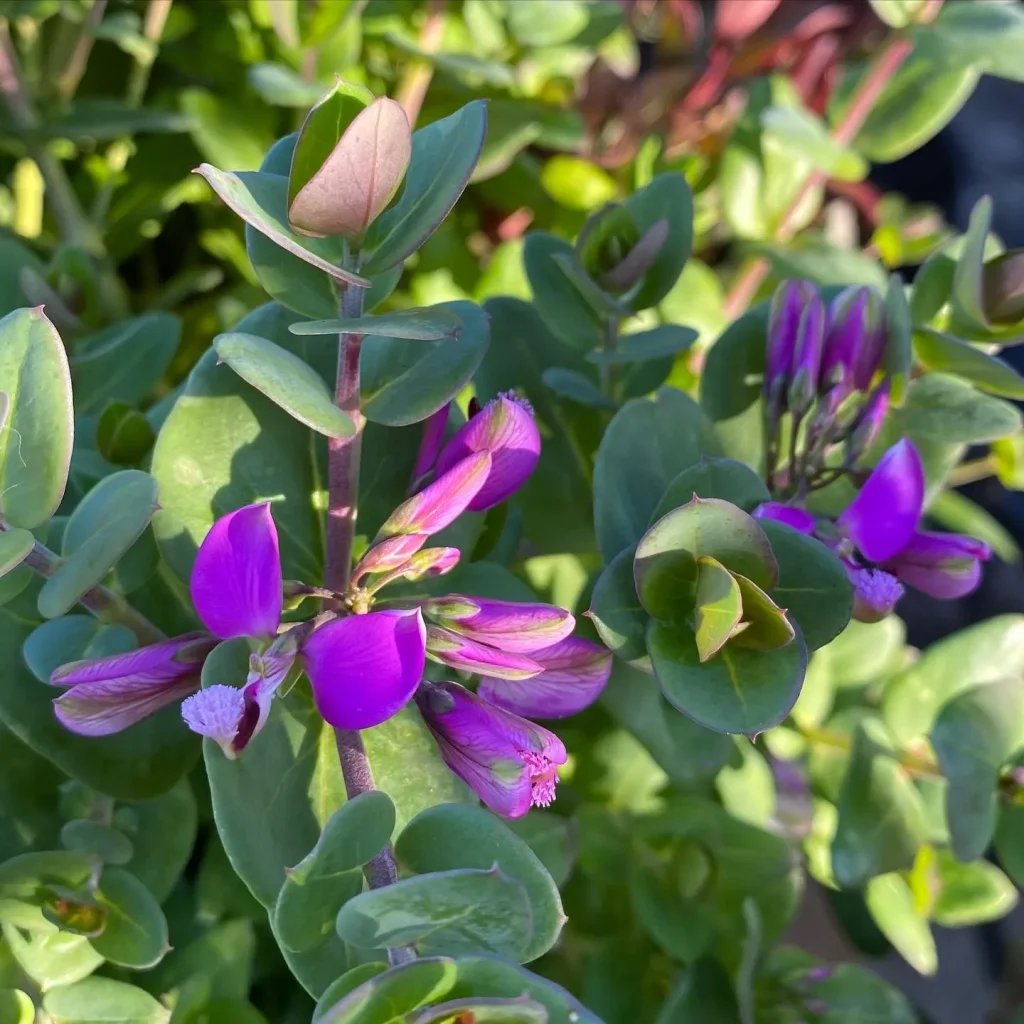
What Are Cardoons?
Cardoons, known scientifically as Cynara Cardunculus, are a type of vegetable closely related to artichokes. They’re often found in Mediterranean cuisine and valued for their unique flavor and texture. Unlike artichokes, which are typically consumed for their flower buds, cardoons are grown for their edible stems, which have a mild, slightly nutty taste.
12 Species in Genus Cynara
How to Cook Cardoons?
Cooking cardoons can be a bit of a culinary adventure. Start by trimming and peeling the cardoon stalks to remove the tough outer layer. Then, blanch them in boiling water for about 10 minutes to soften them and reduce their bitterness. After blanching, you can sauté, bake, or add them to stews and soups. They pair well with ingredients like garlic, lemon, and cheese, which help to enhance their flavor.
How to Prepare Cardoons?
Preparation of cardoons involves several steps. First, wash and peel the cardoon stalks to remove any fibrous bits. To prevent browning, place the peeled stalks in a bowl of water with a bit of lemon juice. Once ready to cook, cut the stalks into desired lengths. Blanching is crucial to make the cardoons tender and to reduce their bitterness. After blanching, the cardoons are ready for various cooking methods like grilling, braising, or adding to dishes.
Where to Buy Cardoon Vegetable Near Me?
Finding cardoon can be a bit of a challenge depending on where you live. Specialty grocery stores, farmers’ markets, and Mediterranean or Latin American markets are good places to look. If you have a local produce co-op or a farm-to-table market, they might also carry cardoons, especially in the fall or winter when they’re in season.
How Do You Cook Cardoons?
To cook cardoons, start by cleaning and peeling them. Blanch them in boiling water with a bit of salt for about 10 minutes to soften. After blanching, you can cook them by sautéing with olive oil, garlic, and herbs, or adding them to soups and casseroles. They can also be braised or grilled for a different texture and flavor profile.
Are Cardoons Perennial?
Yes, cardoons are perennials. Once established, they can survive through multiple growing seasons. They often die back in winter, especially in colder climates, but they typically regrow in spring. In milder climates, they may remain evergreen and continue to produce new growth year-round.
Can You Eat Cardoon Flowers?
While cardoon flowers are not typically eaten, they are edible. The focus is generally on the stems, but the flowers can be used in salads or as a garnish. They have a less pronounced flavor compared to the stems and are often overlooked in culinary use.
Can You Freeze Cardoons?
Yes, you can freeze cardoons. To freeze them, blanch the stalks first to preserve their texture and flavor. After blanching, let them cool and then freeze in airtight containers or bags. Frozen cardoons can be used in cooked dishes like soups and stews, but they might not retain the same texture as fresh cardoons when thawed.
Do Cardoons Die Back in Winter?
In colder climates, cardoons do die back in winter. They are hardy plants but will go dormant in freezing temperatures. In warmer climates, they may remain evergreen. Mulching can help protect the roots from extreme cold, allowing the plant to regrow in spring.
How to Grow Cardoon?
Growing cardoons is similar to growing artichokes. They prefer well-drained soil and full sun. Start seeds indoors or directly sow them in your garden after the last frost. Space the plants about 18 inches apart to allow for their large size. Regular watering and occasional feeding will help them thrive. Be sure to provide protection from extreme cold if you live in a region with harsh winters.
How to Harvest Cardoon Seeds?
To harvest cardoon seeds, wait until the flowers have dried on the plant. Once the flower heads are brown and dry, cut them off and place them in a paper bag. Shake the bag to release the seeds, then sift out the chaff. Store the seeds in a cool, dry place until you’re ready to plant them.
What Do Cardoons Taste Like?
Cardoons have a flavor that’s a mix of artichoke and celery, with a mild bitterness. The taste is often described as slightly nutty and earthy. The blanching process helps to mellow out the bitterness, making the flavor more palatable and versatile in various dishes.
Cardoon vs Artichoke
Cardoons and artichokes are related but different. Artichokes are grown for their buds, which are eaten as a vegetable, while cardoons are cultivated for their stalks. Cardoons have a more fibrous texture compared to the tender buds of artichokes. In terms of taste, cardoons are milder and can be slightly more bitter.
Cardoon vs Celery
Cardoons and celery are often compared due to their similar appearance. However, cardoons have a more robust, nutty flavor and a fibrous texture compared to the crisp, mild taste of celery. Cardoons are usually cooked, while celery is often eaten raw.
Cardoon vs Artichoke Plant
While cardoon and artichoke plants are related, they serve different culinary purposes. The artichoke plant is grown for its edible buds, whereas the cardoon plant is cultivated for its stems. Both plants have a similar growing habit and require similar growing conditions, but their edible parts are quite different.
Cardoon vs Burdock
Cardoon and burdock are often confused due to their similar appearance and usage in certain cuisines. However, cardoons are grown for their stalks, while burdock is cultivated for its roots. Cardoons have a more delicate, nutty flavor, whereas burdock has a stronger, earthy taste. The preparation and cooking methods for each are also distinct.
How to Care for Cardoon Plants?
Cardoon plants need full sun and well-drained soil to thrive. Regular watering is essential, but avoid waterlogging the soil. Mulch around the base to help retain moisture and protect the roots. In colder regions, providing winter protection will help the plant survive through the harshest weather.
What to Plant With Cardoon?
Cardoons grow well alongside other Mediterranean plants such as herbs like rosemary, thyme, and oregano. They also pair nicely with beans and peas, which can help fix nitrogen in the soil. Avoid planting them with crops that need a lot of space or that might compete for nutrients.
Is Cardoon Toxic?
No, cardoons are not toxic. They are safe to eat and widely used in various cuisines. However, some people might experience digestive discomfort if they consume them in large quantities, especially if not properly prepared.
Benefits of Eating Cardoons
Cardoons are a nutritious addition to your diet, providing vitamins, minerals, and fiber. They are low in calories and can contribute to a healthy digestive system. Their high antioxidant content also helps in reducing inflammation and supporting overall health.
If i die, water my plants!



